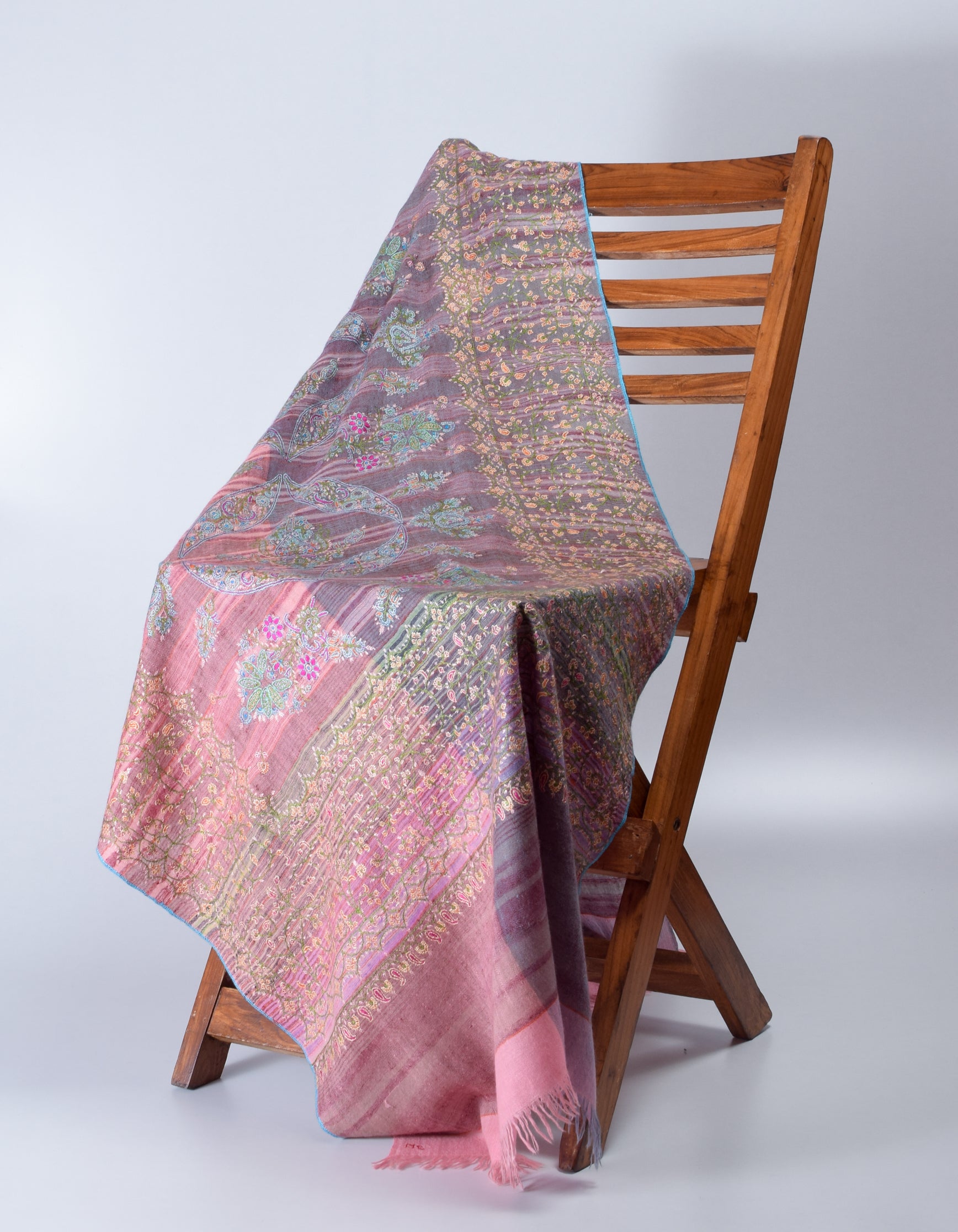
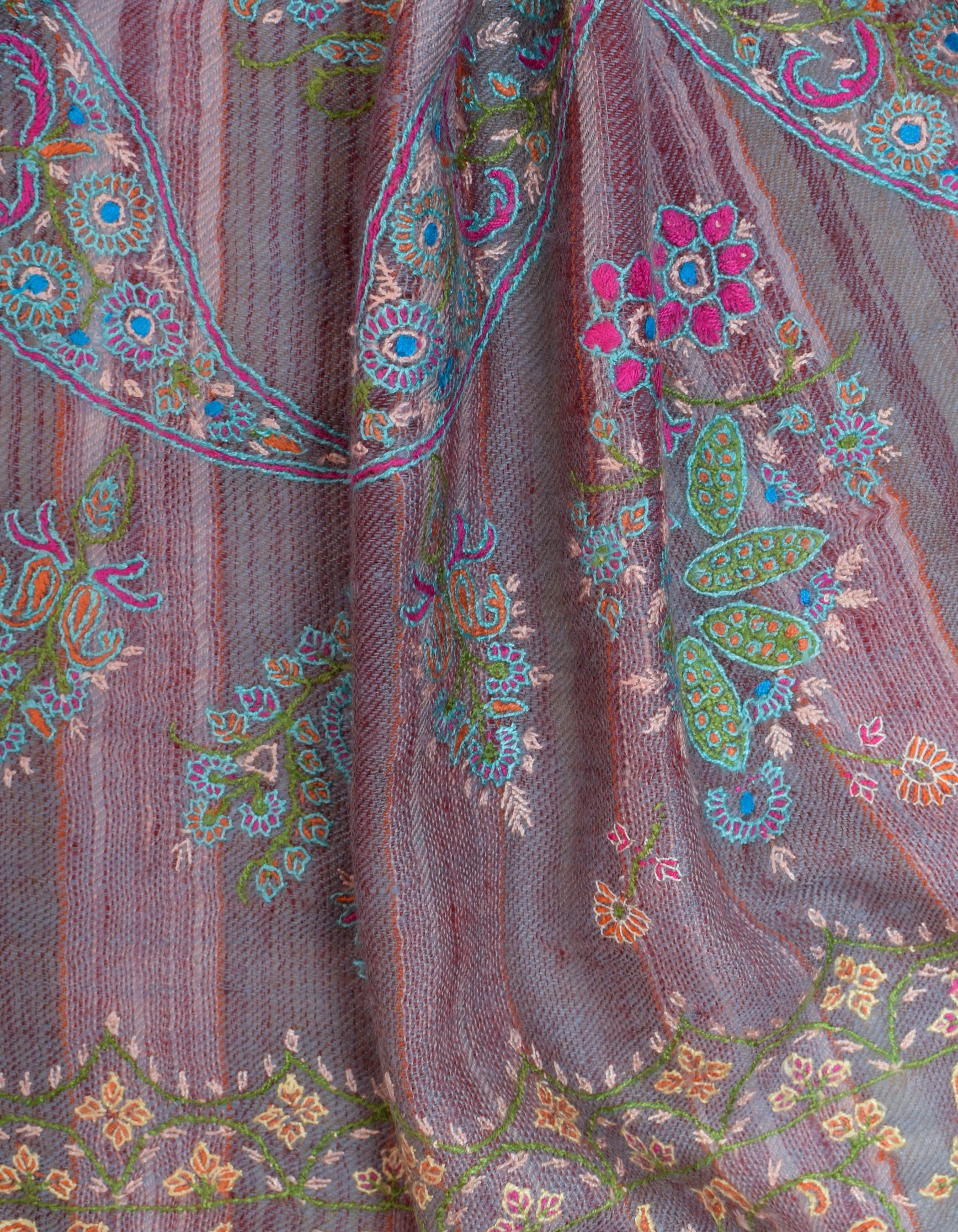
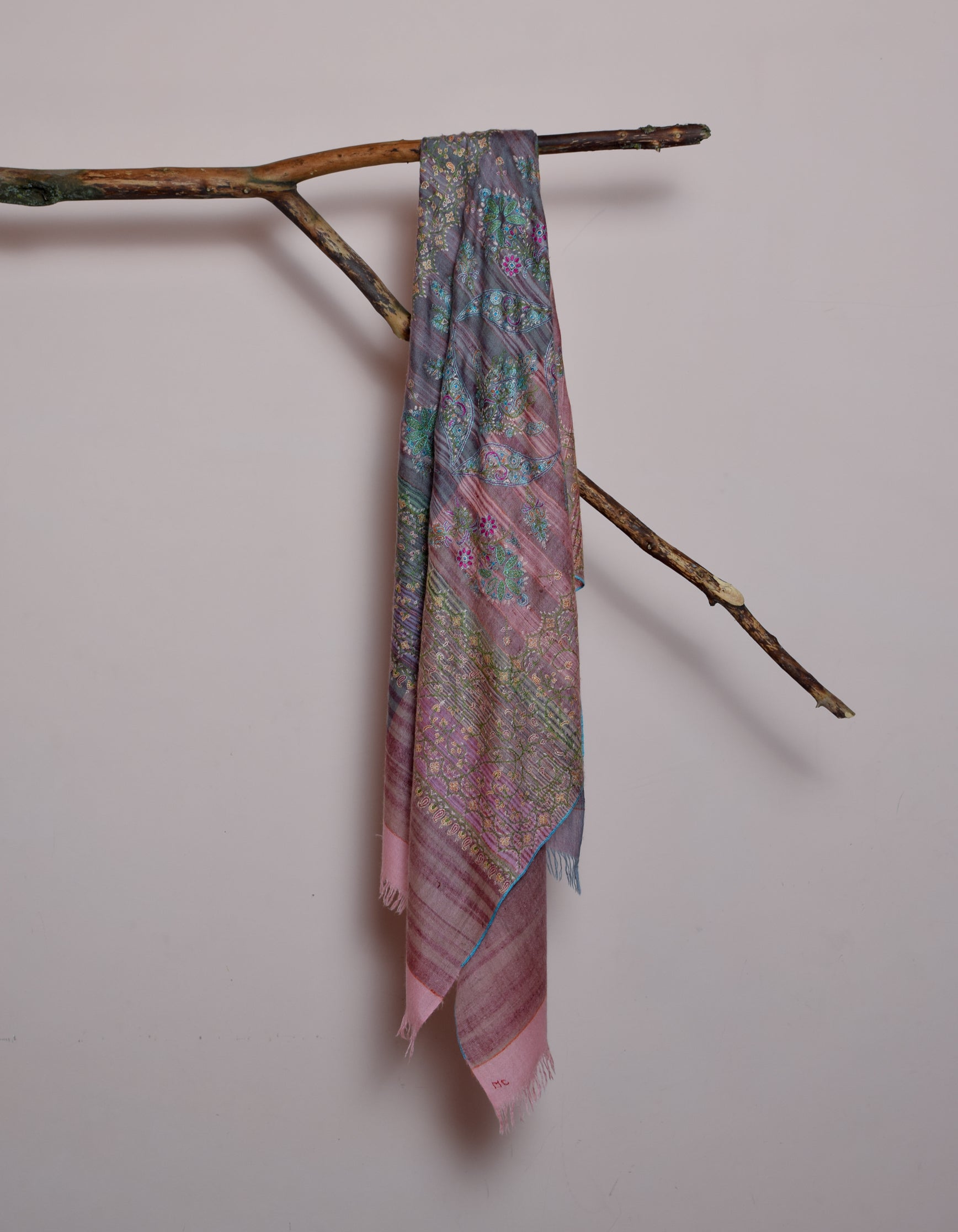
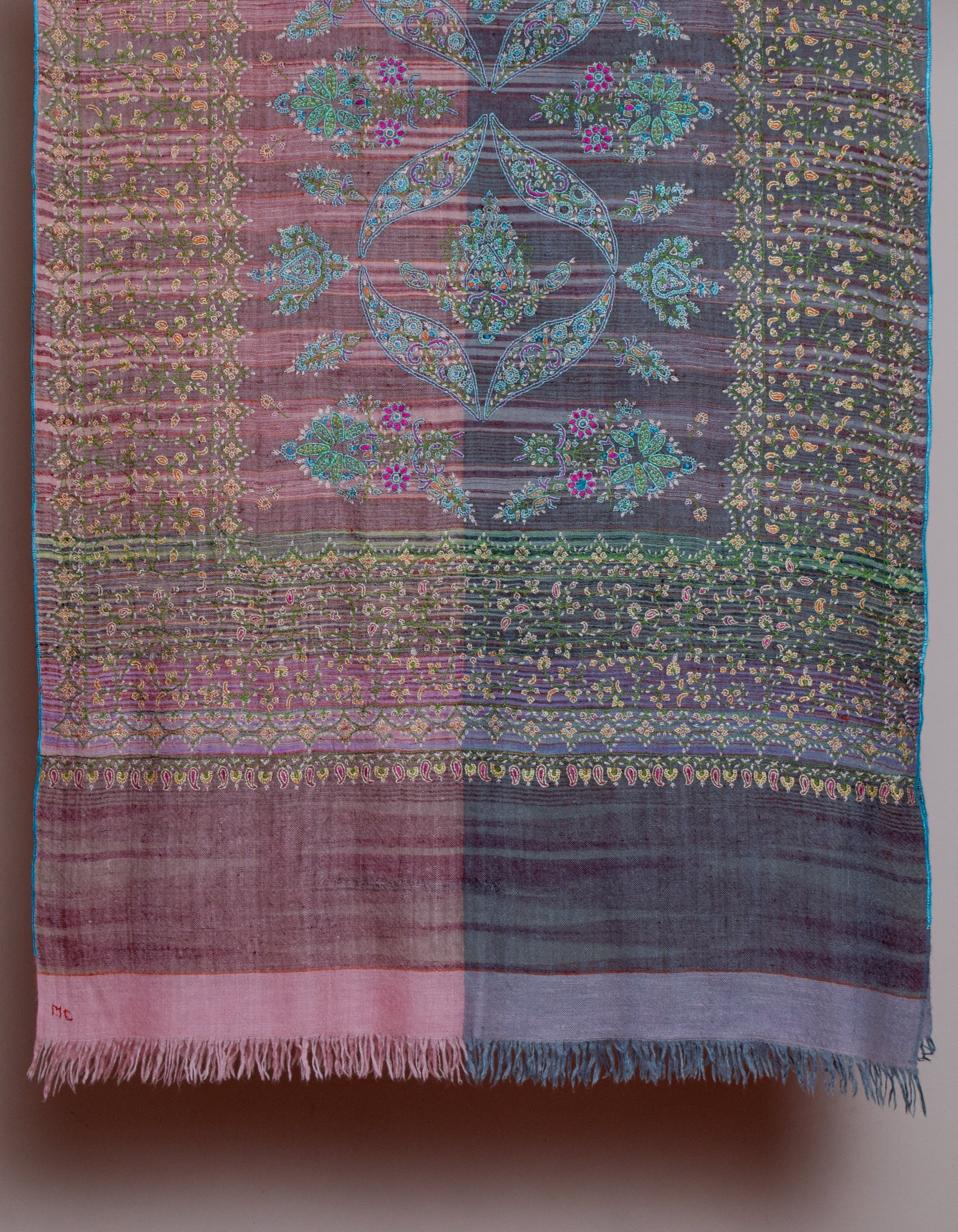
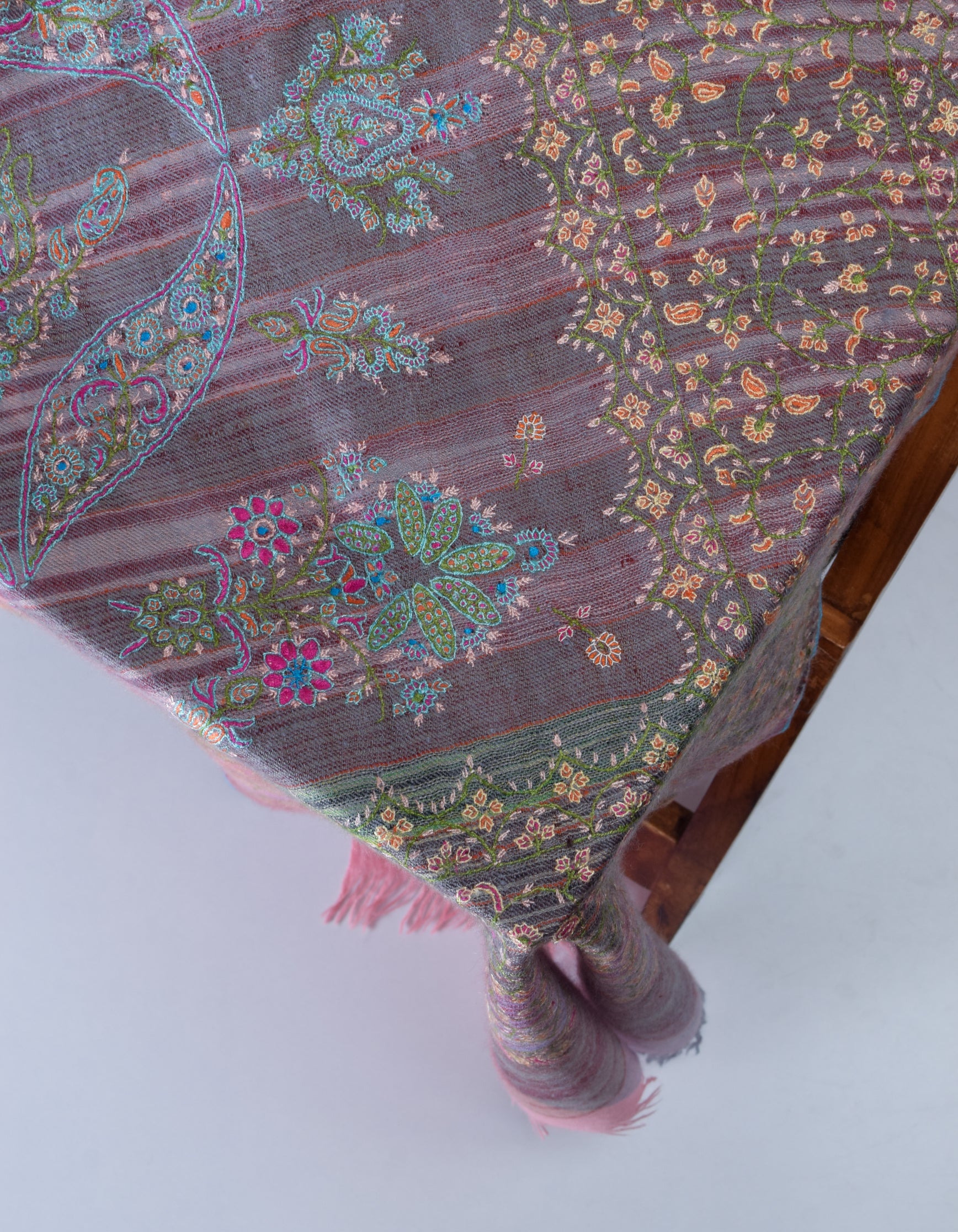
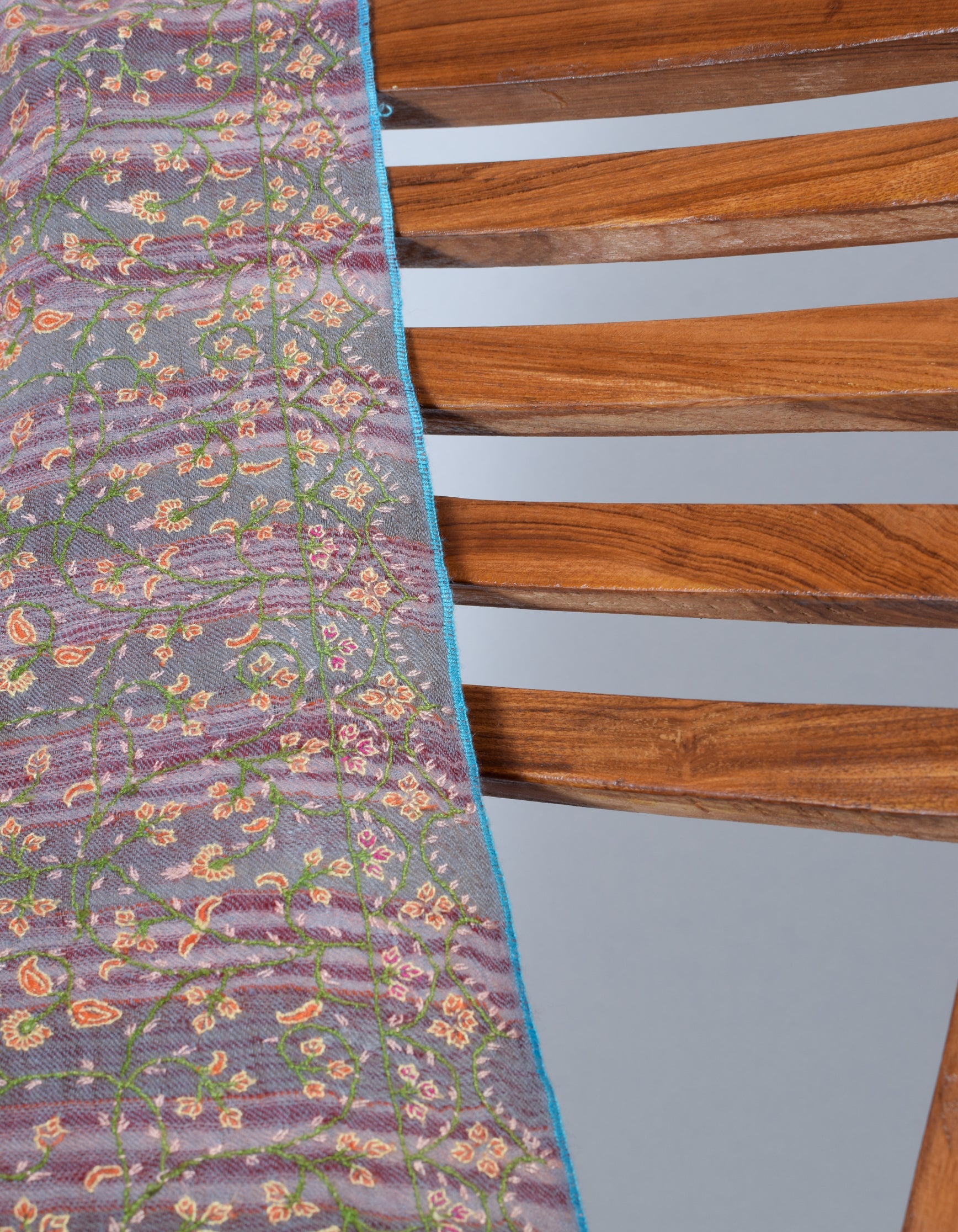
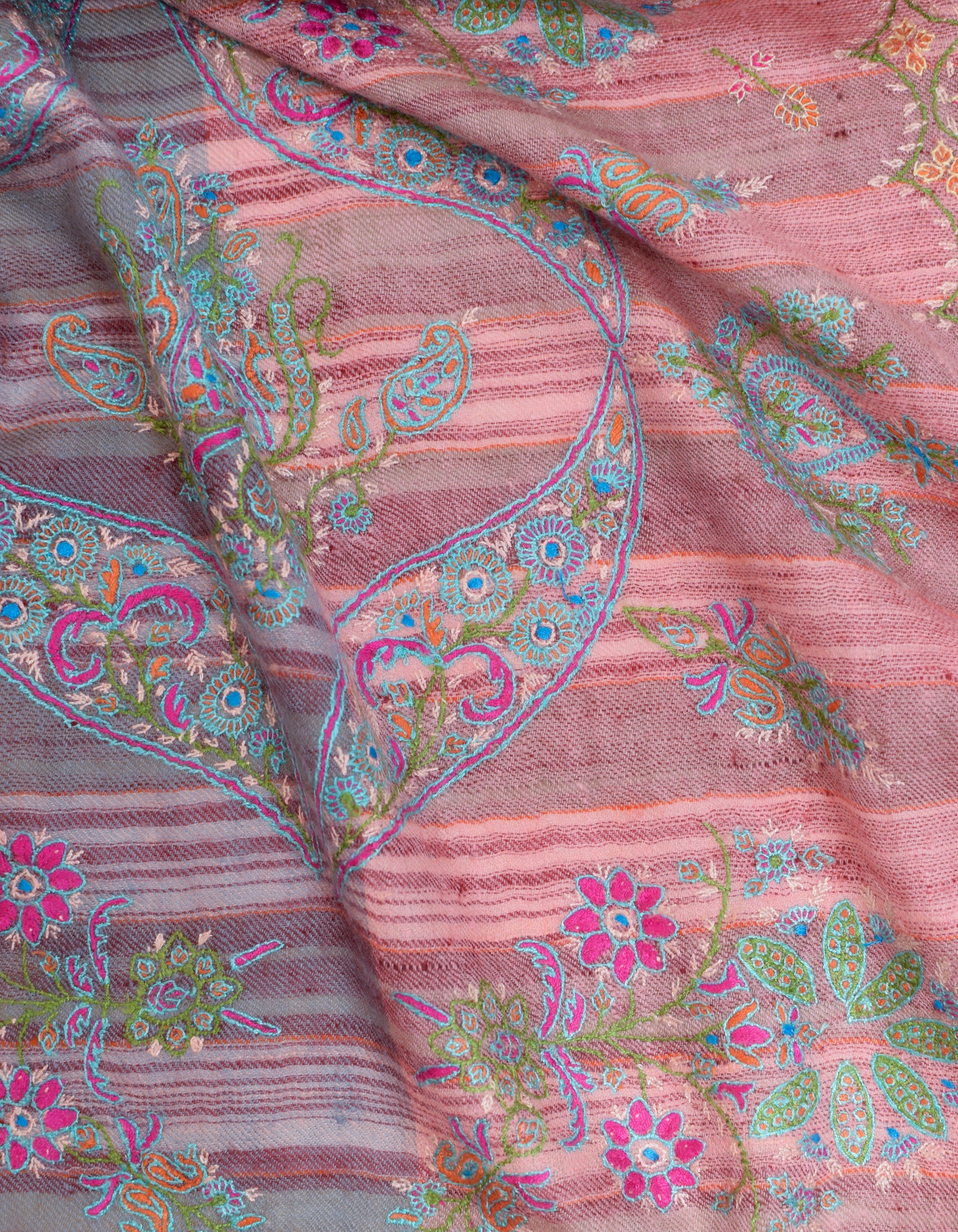
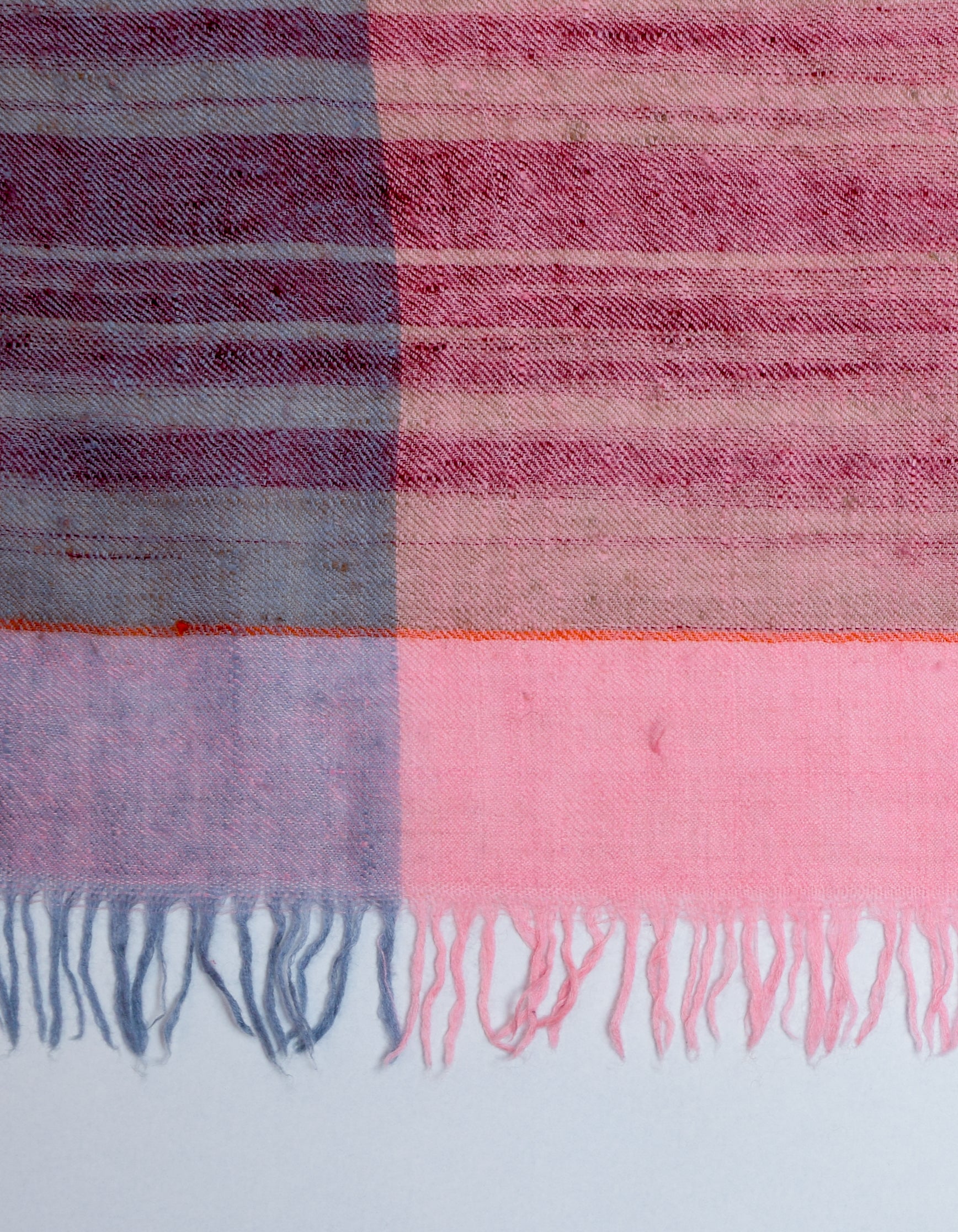
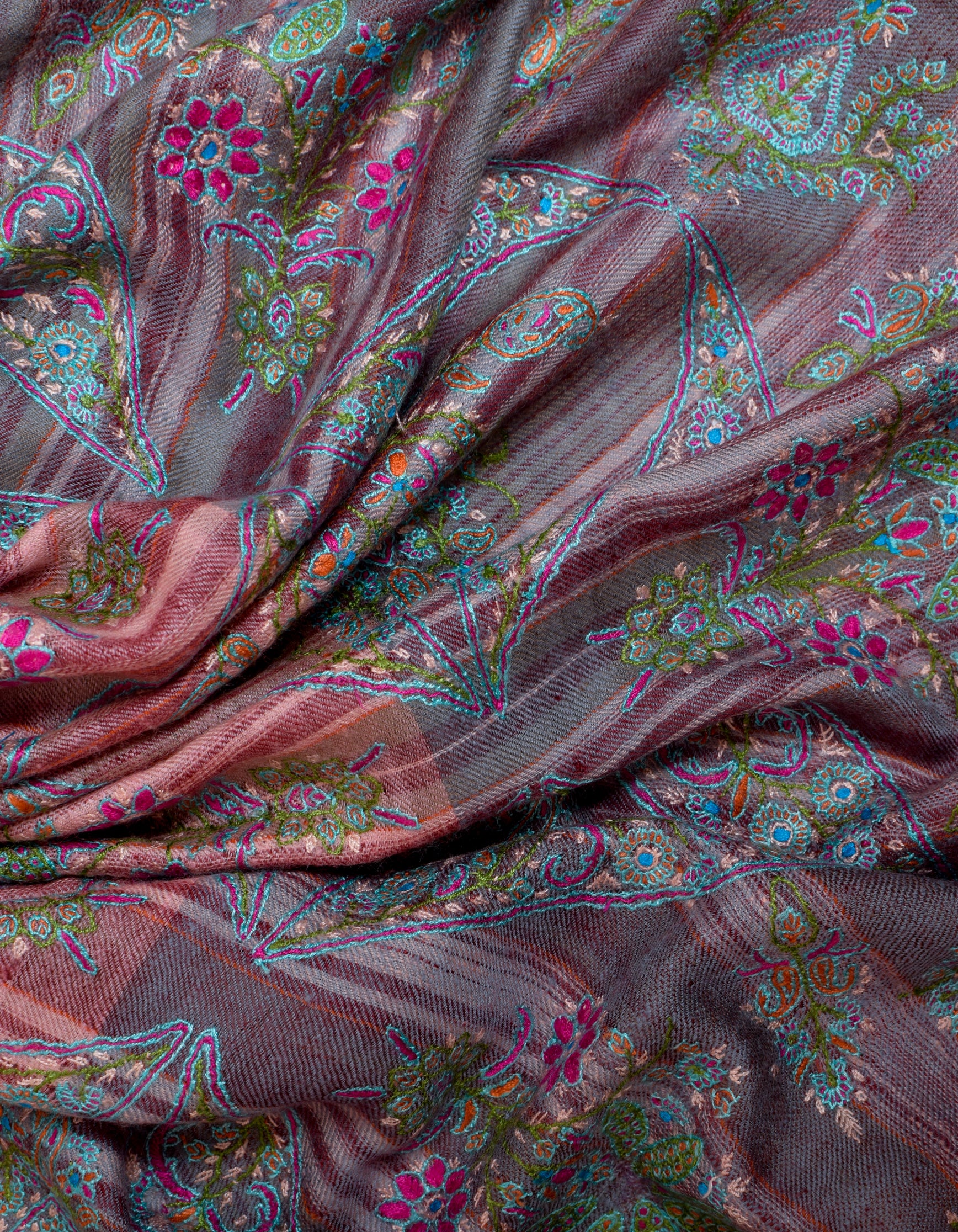
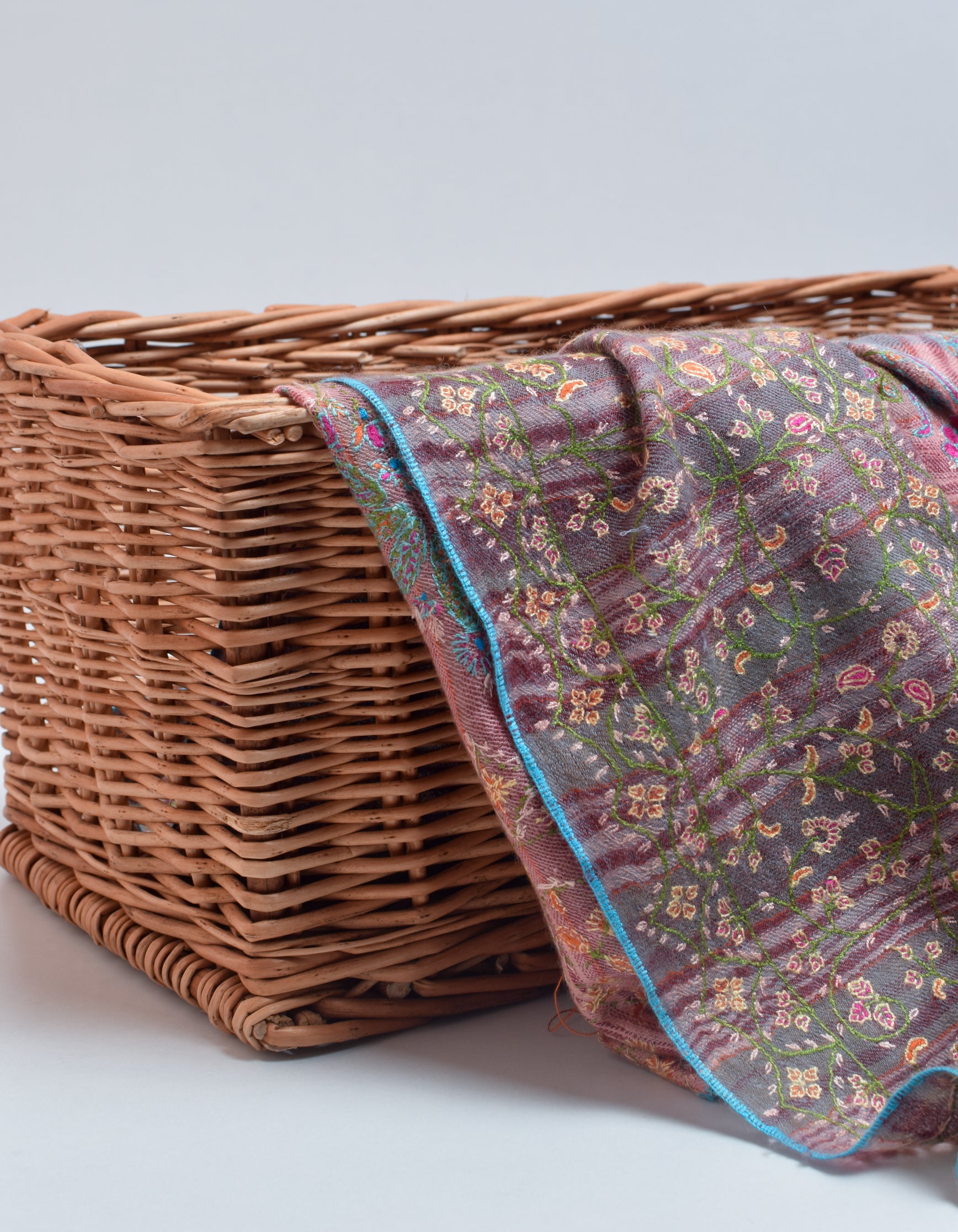
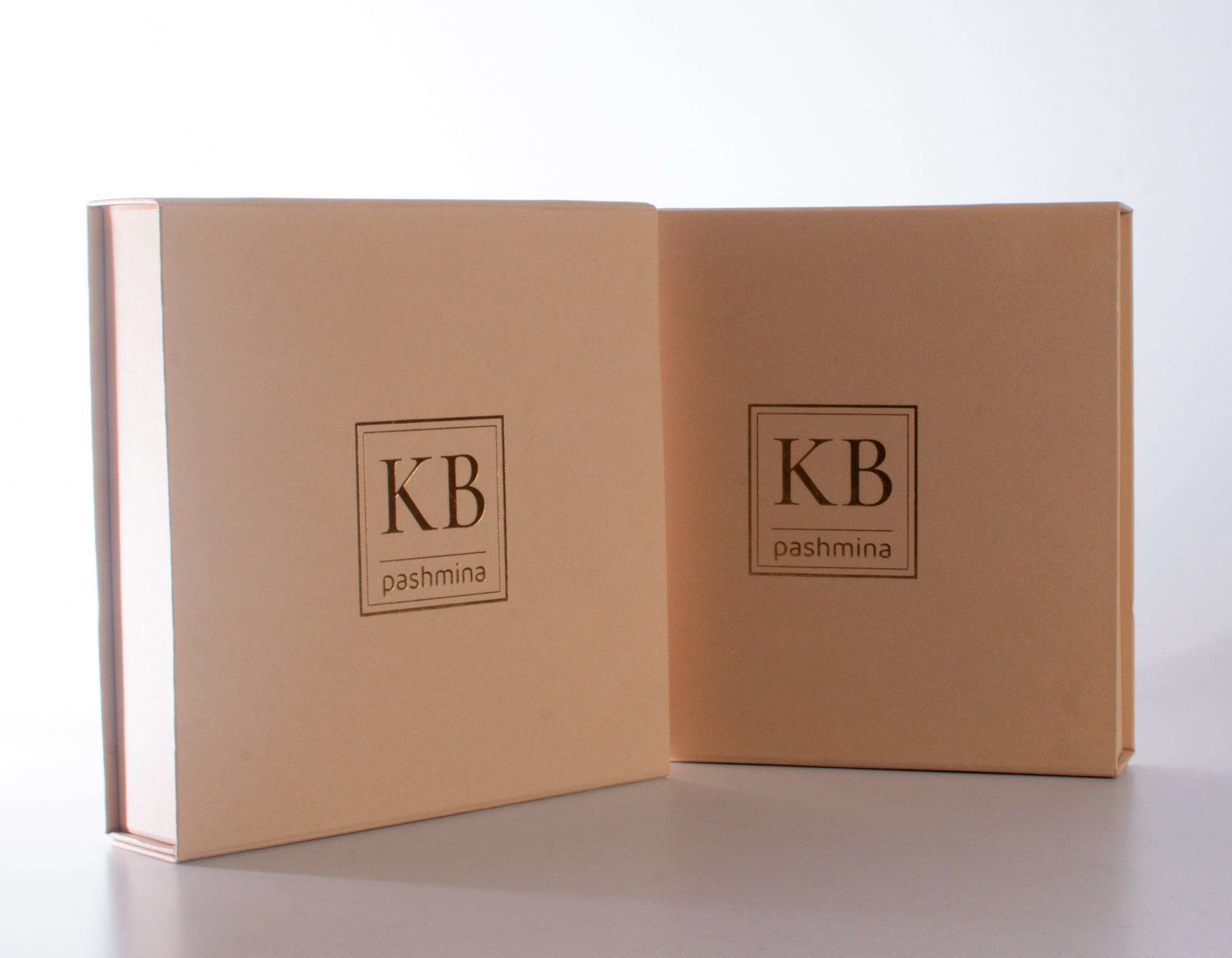
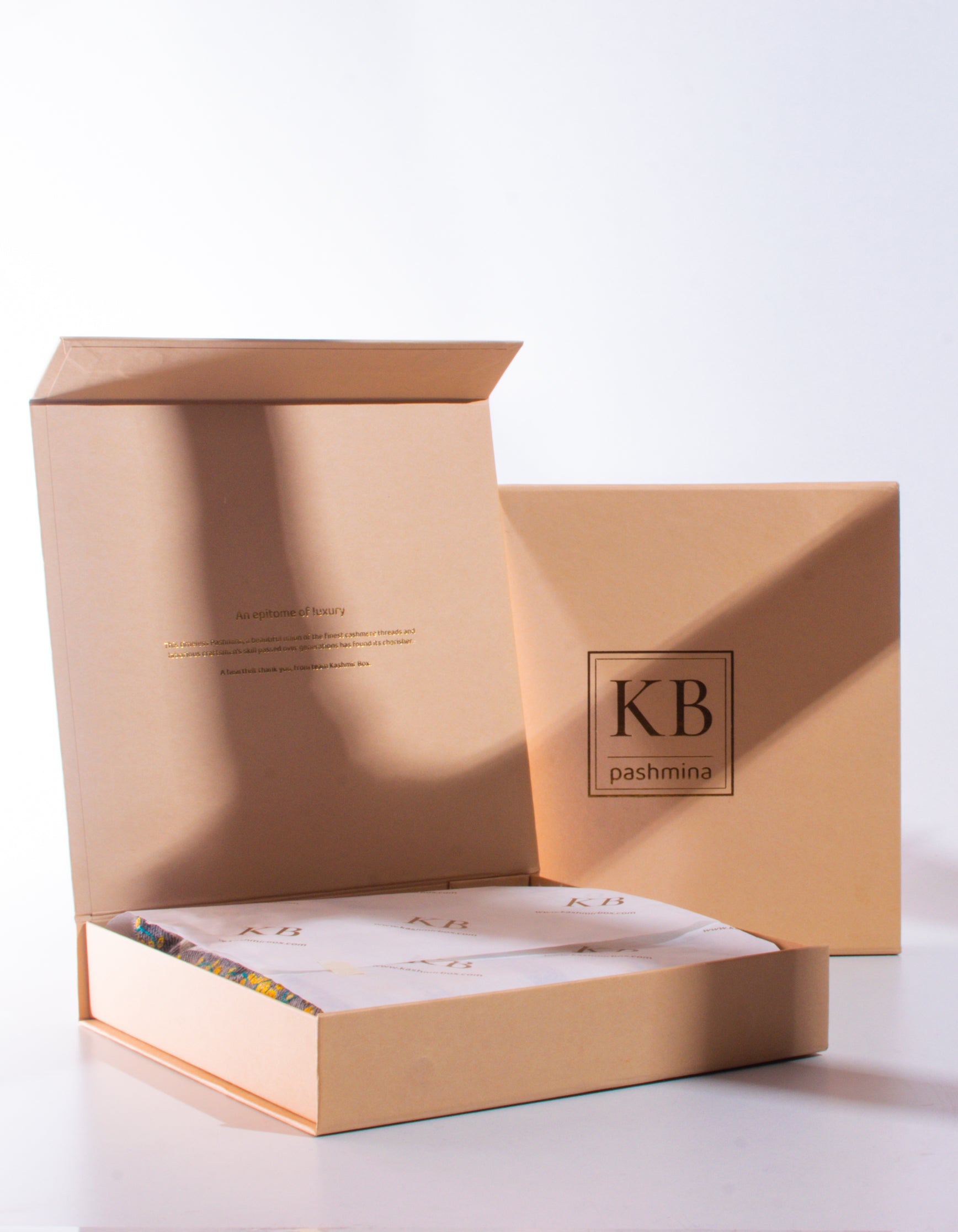

Soft Gold, Strong Ties
The Pashmina Artisans
A connection that runs deeper through time and tradition, Soft Gold—Pashmina—unfolds as a tribute to the artisans' ancestors and the land of Kashmir.
As a brand rooted in Kashmir, we see ourselves as partners in their journey. Together, we build a bond with a threefold impact—our reach carries the artisans' stories to places they could only dream of, their craft inspires us to preserve Kashmir, thus creating heartfelt emotions for the wearer. This makes each pashmina a representation of trust and respect, bound by the belief that its beauty deserves to be felt everywhere.
With every purchase, we ensure that the artisans' hands remain connected to us, their hearts are full, and their heritage is cherished.
Across every country and city, someone wraps themselves in a pashmina, often unaware that the warmth they feel is not just from the softness of the wool but also from the love infused by the hands of artisan’s who crafted it.
Making Process
-

Angoora Goat
An exotic breed from the Changthangi area of Ladakh, the Angora Goat is known for its ability to naturally shed the most finest wool to create the luxurious Cashmeres, fetching significant value worldwide
-

The Discovery
The timeless legacy of Pashmina began when the great Sufi Muslim saint, Mir Ali Hamadani, set out on an exploration of Ladakh and unearthed the wool produced by Angora goats.
-

Angoora Goat sheds its wool
Beauty emerges as spring arrives. Changthangi Goats tenderly rub against rocks and shrubs, naturally shedding their short-haired fleece.The wool is then gathered and processed to fashion an opulent range of Cashmere wraps.
-

Yinder or Spinning Process
The wool, gathered into small balls, undergoes the spinning process. A traditional spinning wheel, locally referred to as 'Yender,' plays a significant role in making the exquisite and delicate Pashm threads.
-

Spindle or Tulun Prech
"Tulun" is the post-spinning stage, where the yarn is submerged in rice water, referred to as "Maaye," to enhance its durability. The treated yarn undergoes drying before being wound onto traditional wooden spindles called "Prech" in the native Kashmiri language.
-

Mounting the Wrap or Bharun
Pashmina yarn is wound around iron rods in a process called 'Yarun.' The wrap then undergoes dressing, known as 'Bharun,' overseen by a craftsman called the 'Bharungur' or 'Wrap-Dresser.' This process entails stretching and securing the yarn within the loom called 'saaz'.
-

Weaving or Wovun
The yarn is wound onto a small flange bobbin using a Parota. The weaver applies Saresh adhesive to the yarn in hank form, enhancing its durability and weavability. Finally, the yarn is mounted onto a handloom, where craftsmen known locally as 'Wovur' transform it into various luxurious wraps.
-

Dyeing or Rangaey
The woven wraps are entrusted to a skilled artisan known as the 'Rangur.' Recognizing the inherent richness of the fabric, he expertly blends a range of natural dyes in precise proportions, yielding a breathtaking array of vibrant hues, enhancing its beauty manifold.
More From This Collection

Sheared to Shared!
An Art of Hands - PASHM
"Unity is Strength," and this sentiment is as beautiful as our Pashmina!
The Pashmina represents a journey through time and generations. This art begins with sheared raw wool collected from high in the Himalayas, making its way down to the valleys. Each artisan, with their skilled hands, adds a touch of beauty through collaboration. The process culminates in a creation meant to be shared and cherished.
Kashmir’s Pashmina has traveled far through both tradition and the touch of skilled hands, becoming more than just a fabric. When draped, it transforms into a luxury that tells a story of grace. It has woven itself into history, bridging cultures and creating bonds between people.
Unity is woven into the uniqueness of each Pashmina. Crafted by the skilled hands and warm hearts of many, it brings together a feeling of oneness just for you!
A keepsake to be treasured for years to come.


























